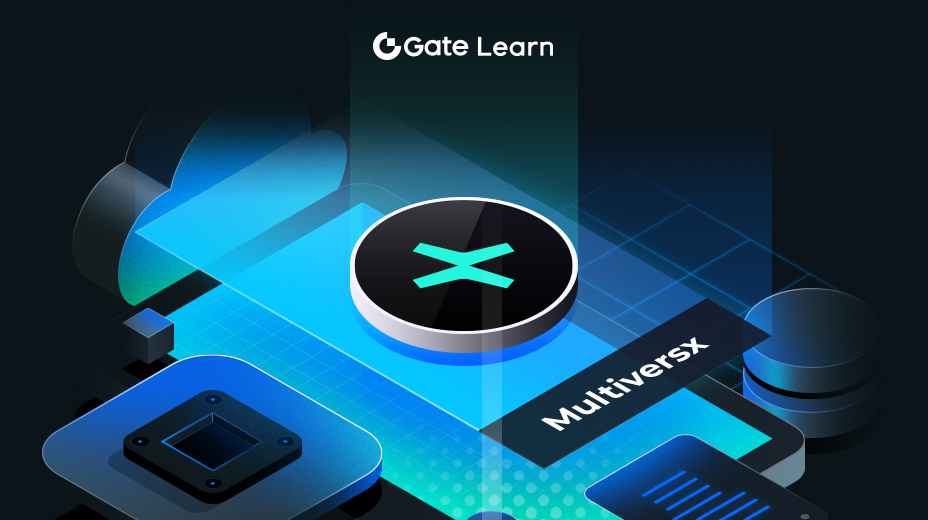Solana的原生代币(SOL)
本模块深入探讨 Solana 原生代币 SOL 在其生态系统中的作用和实用性。 我们将探索 SOL 的代币经济学,包括其供应、分配以及管理其通胀和通缩的机制。 该模块还将涵盖 SOL 定值的意义及其对网络安全和治理的影响。 通过了解 SOL 的多方面作用,学员将认识到它在促进 Solana 生态系统的运行和发展方面的重要性。
SOL 在生态系统中的作用和功效
SOL,Solana的原生代币,在生态系统中发挥着多种关键功能。主要用途是支付网络上的交易费用和计算服务,确保Solana区块链的平稳运行和安全。这种实用性对于维持Solana众所周知的高吞吐量和高效率至关重要。
除了交易费用,SOL还由验证者和委托者在网络的权益证明(PoS)共识机制中进行抵押。通过激励验证者诚实行事和高效处理交易,抵押SOL有助于确保网络安全。作为回报,认购者可以获得奖励,使代币持有者的利益与网络的健康和安全保持一致。
SOL的实用性还延伸到Solana生态系统的管理。代币持有者可以参与管理决策,影响网络的发展和方向。这种民主方式可确保生态系统以有利于其用户和利益相关者的方式发展。
该代币还在Solana生态系统的DeFi应用中发挥着重要作用,在各种协议中充当抵押品或交换媒介。这种多功能性提高了SOL的效用和需求,使其进一步融入了Solana生态系统。
最后,SOL的通货紧缩方面,如从交易费用中提取代币,也有助于其价值定位。这些机制可以管理代币的供应,随着网络的发展和交易量的增加,代币的价值可能会逐渐提高。
代币经济学: 供应、分配和通货膨胀

Solana 平台的代币 (SOL) 设计成总发行量固定且会逐渐减少。最初,SOL 的总供应量是固定的,其中一部分分配给公共和私人销售、团队成员和 Solana 基金会。 这种初始分配旨在确保网络发展得到广泛参与和支持。
该网络采用了通货膨胀率随时间递减的计划,旨在激励早期参与者,同时逐步减少新 SOL 的发行。 这种方法兼顾了奖励网络验证者和保持代币价值的重要性。
SOL 的一部分供应量被保留用于社区倡议、赠款和生态系统开发,由 Solana 基金会管理。 这些资金用于支持有助于网络发展和采用的项目,确保生态系统充满活力和创新。

交易费和质押奖励在Solana的代币经济学中也起着至关重要的作用。交易费被销毁,将SOL从流通中移除,并对代币供应施加通货紧缩压力。相反,质押奖励引入新的SOL到流通中,抵消通货紧缩的影响,并为网络参与提供持续的激励。
质押奖励和交易费销毁所带来的通胀和通缩之间的平衡对于维持代币的经济稳定性至关重要。Solana的代币经济学旨在确保SOL持有者的长期可持续性和价值积累,促进网络的整体健康和安全。
质押和治理
质押是Solana的PoS共识机制的核心组成部分,允许SOL持有者为网络安全做出贡献。通过质押SOL,代币持有者可以自行验证交易或将其代币委托给验证者。这一过程保障了网络的安全性,作为回报,质押者会获得奖励,这使其成为SOL持有者的一个吸引人的选择。
SOL的治理方面涉及到代币持有者参与关于网络升级、功能实施和社区资金使用的决策过程。这确保了Solana生态系统的发展与社区的利益和优先事项保持一致。
质押奖励机制旨在激励验证者和委托者,奖励根据质押的SOL数量和质押期限进行分配。该系统鼓励长期参与和投资网络的健康。
Solana的治理模型还包括提议和投票对网络参数和协议进行更改的机制。SOL持有者可以提出变更,投票根据质押的SOL数量进行加权,确保那些对网络投资最多的人在其发展方向上拥有更大的发言权。
亮点
- SOL 是 Solana 生态系统中的原生代币,可用于支付交易费、定投和参与治理,确保网络安全和运营效率。
- SOL 的代币经济学特点是供应量固定,通货膨胀率随时间推移而降低,从而在早期参与激励与长期价值保全之间取得平衡。
- SOL 的一部分用于生态系统开发和社区活动,支持 Solana 网络内的增长和创新。
- SOL代币持有者可以通过自己验证交易或将代币委托给验证者来确保网络安全并获得奖励。
- SOL 的管理模式赋予代币持有者影响网络发展和方向的权力,确保 Solana 的发展符合社区利益。





